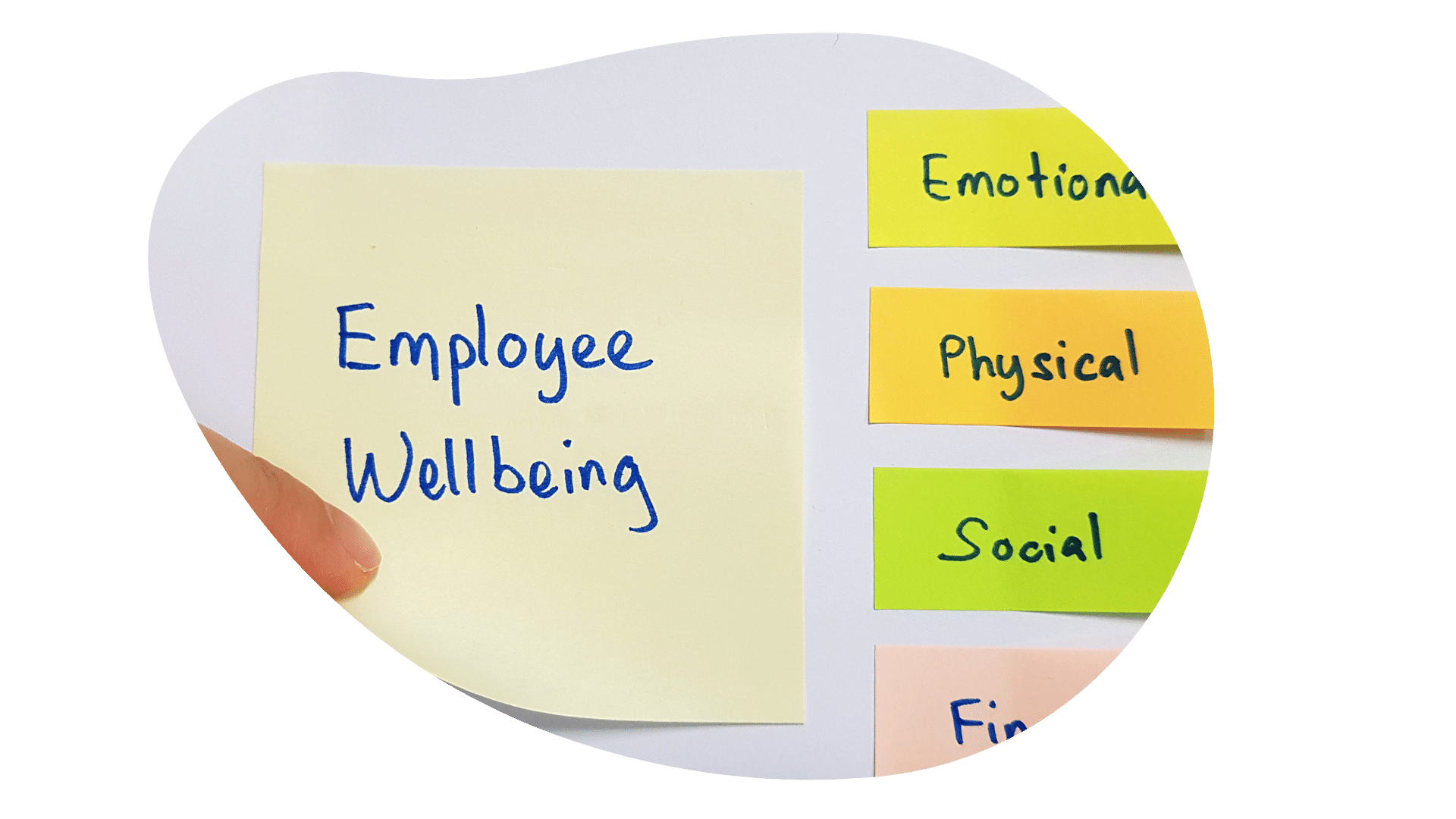26 March 2025
Health and Wellbeing Programmes - A Practical Guide
This article explains why health and wellbeing programmes are now essential for businesses. You'll learn how investing in employee wellbeing improves key business metrics. You'll gain practical steps to build an effective wellbeing approach for your organisation.
Why Invest in Employee Health and Wellbeing?
Investing in health and wellbeing programmes benefits both employees and businesses. Research by Deloitte demonstrated an average ROI of £5 for every £1 spent.
1. Reduce Absence
Health and wellbeing programmes can reduce absence rates by up to 30% (Chapman LS).
2. Increase Profit
Organisations with happier employees achieve significantly higher profitability. A 1 point rise in workplace happiness leads to a 1.39 to 2.29 billion increase in profit (Oxford)
3. Enhance Company Valuation
The ‘happiest’ companies outperform stock market benchmarks by up to 20% (Oxford)
4. Increase Productivity
Workers who rate themselves as happier are 13% more productive. (Oxford 2023)
5. Power Your Recruitment
People are motivated to work at happier firms. Companies that report higher levels of happiness attract more job candidates. (MIT 2022)
The takeaway? Businesses prioritising wellbeing outperform competitors who neglect it.
Understanding Employee Wellbeing
Effective health and wellbeing programmes address four key dimensions. These are physical, psychological, social and financial wellbeing. Understanding these areas helps businesses create targeted solutions that meet real employee needs.
Physical Wellbeing:
- Keeping your people physically healthy through fitness, nutrition, sleep and safe working conditions.
Psychological Wellbeing
- Helping employees manage stress, and feel safe and supported at work.
Social Wellbeing
- Creating an inclusive environment that builds strong workplace relationships.
Financial Wellbeing
- Equipping employees with the knowledge and skills to build their financial resilience.

How to Implement a Successful Health and Wellbeing Programme
A successful wellbeing programme starts with understanding your employees. Here are four practical steps to guide you:
Step 1: Understand Employee Needs
Begin by listening to your employees. Use anonymous surveys or focus groups to identify their wellbeing concerns and priorities.
Step 2: Get Leadership on Board
Effective wellbeing initiatives depend on leadership support. Engage your senior team early, so they champion the programme. This shows employees that wellbeing matters at every level.
Step 3: Target Your Initiatives
Use your employee feedback to select wellbeing initiatives tailored to their needs. Partner with wellbeing experts to develop a health and wellbeing programme that have proven effectiveness.
Step 4: Track and Measure Success
Measure the impact of your programme. Track changes in employee engagement, absenteeism rates, retention, and productivity. Use this data to refine your approach and maximise impact over time.

Putting Health and Wellbeing Programmes into Practice
Here are some examples of initiatives for each area of employee wellbeing:
Physical Wellbeing
- Provide discounted gym membership.
- Carry out ergonomic workplace assessments.
- Conduct healthy eating campaigns.
- Offer on-site health checks or screenings (e.g., blood pressure, cholesterol).
Psychological Wellbeing
- Offer resilience workshops and coaching.
- Provide access to Employee Assistance Programmes (EAPs).
- Introduce a team of Mental Health First Aiders.
- Offer stress management sessions.
- Train managers in psychological safety.
Social Wellbeing
- Set up a mentoring programme.
- Deliver diversity and inclusion training.
- Encourage community or charity engagement activities.
Financial Wellbeing
- Provide education sessions on specific financial topics.
- Offer debt counselling services.
- Provide financial planning support.
- Arrange retirement planning sessions.
These examples are a starting point. The aim is to try introduce initiatives tailored to your people’s needs. The key is discovering what works best for your unique workplace
Free Resource: Wellbeing Strategy Guide
Looking for a step-by-step roadmap to implement a health and wellbeing programme for your employees? Download our free Wellbeing Strategy Guide for expert tips.
Real-World Success Story: Improving Resilience at DMSL
DMSL invested in employee wellbeing during rapid business growth and challenging pandemic conditions. In 12 months, their targeted training and coaching programme delivered impressive results:
- Employee resilience improved by 43%
- Ability to build strong relationships improved by 33%
- Motivation levels rose by 27%
They achieved this through:
- Benchmarking: Using the Wraw psychometric assessment to identify resilience levels.
- Individual Coaching: Helping employees build personalised strategies to manage stress.
- Leadership Training: Teaching managers to conduct supportive wellbeing conversations.

Author Bio: Sandra Ordel is a Senior Business Psychologist specialising in workforce resilience and neuropsychology. She supports organisations worldwide to build resilient teams and cultures of healthy performance.
Next Steps
- Download our free Wellbeing Strategy Guide
- Explore our Health and Wellbeing Programmes
- Speak with our employee wellbeing experts. Contact us
Discover our programmes for supporting the health and wellbeing of your workforce.

Discover our programmes for supporting the health and wellbeing of your workforce.










